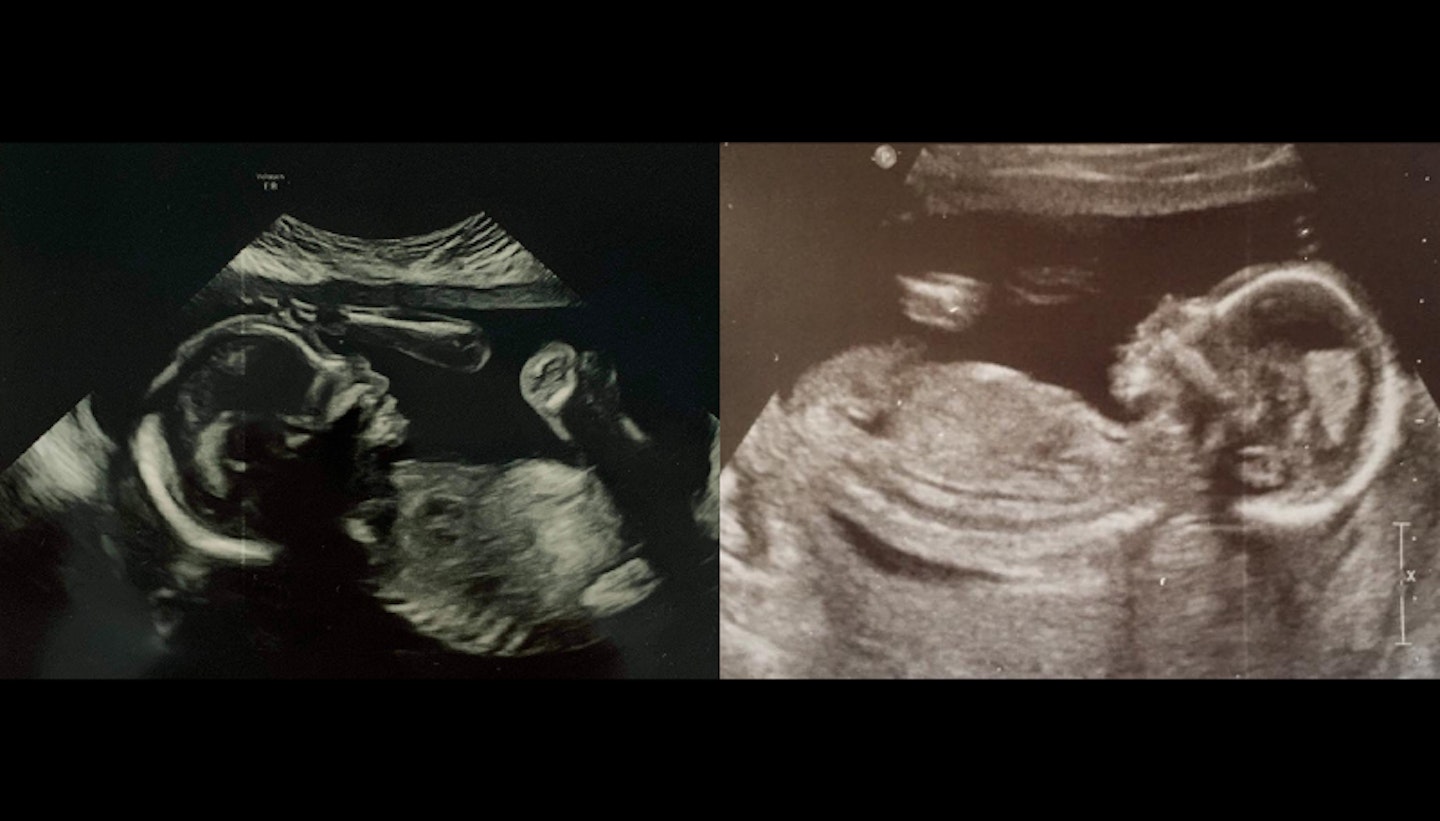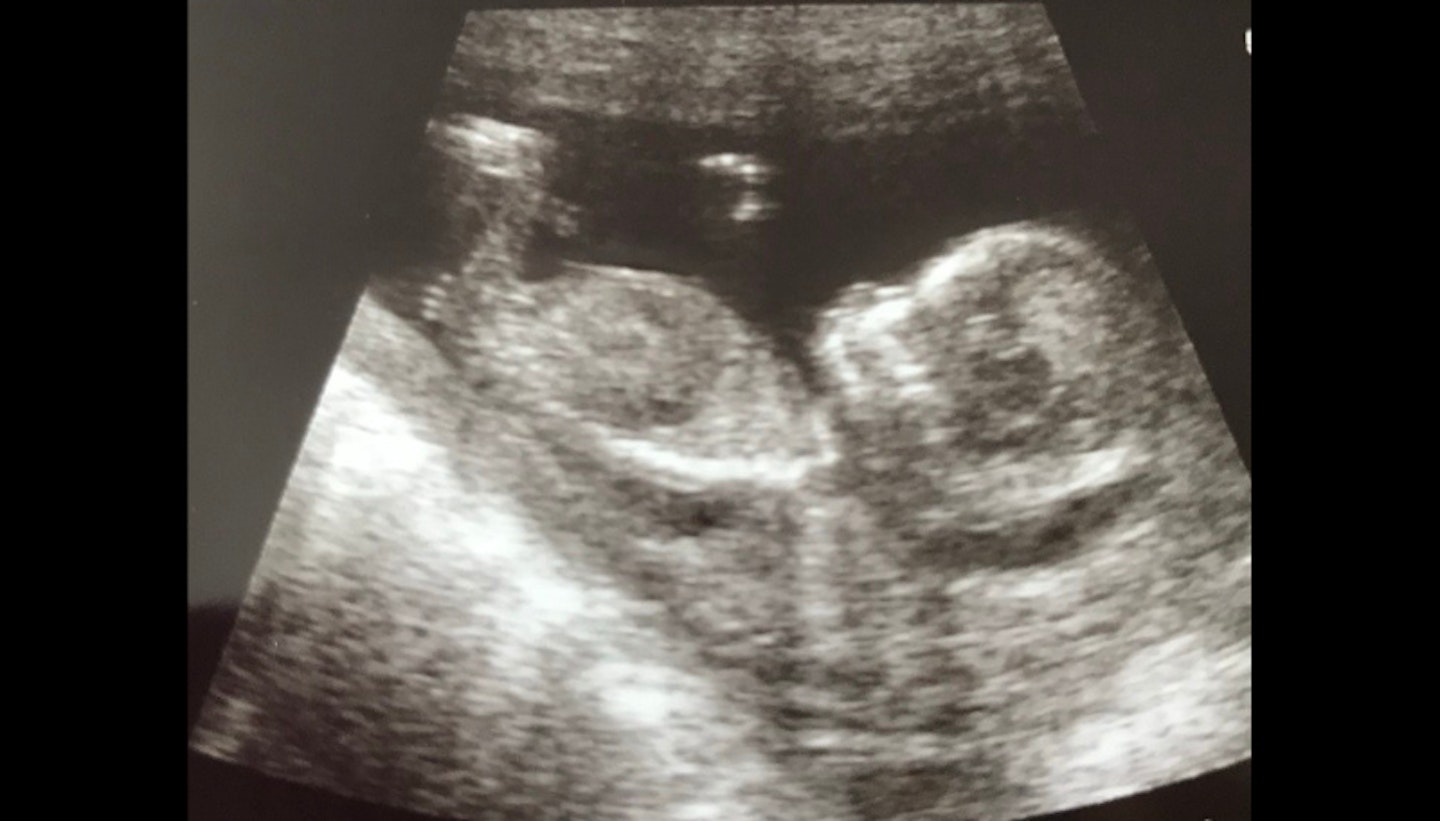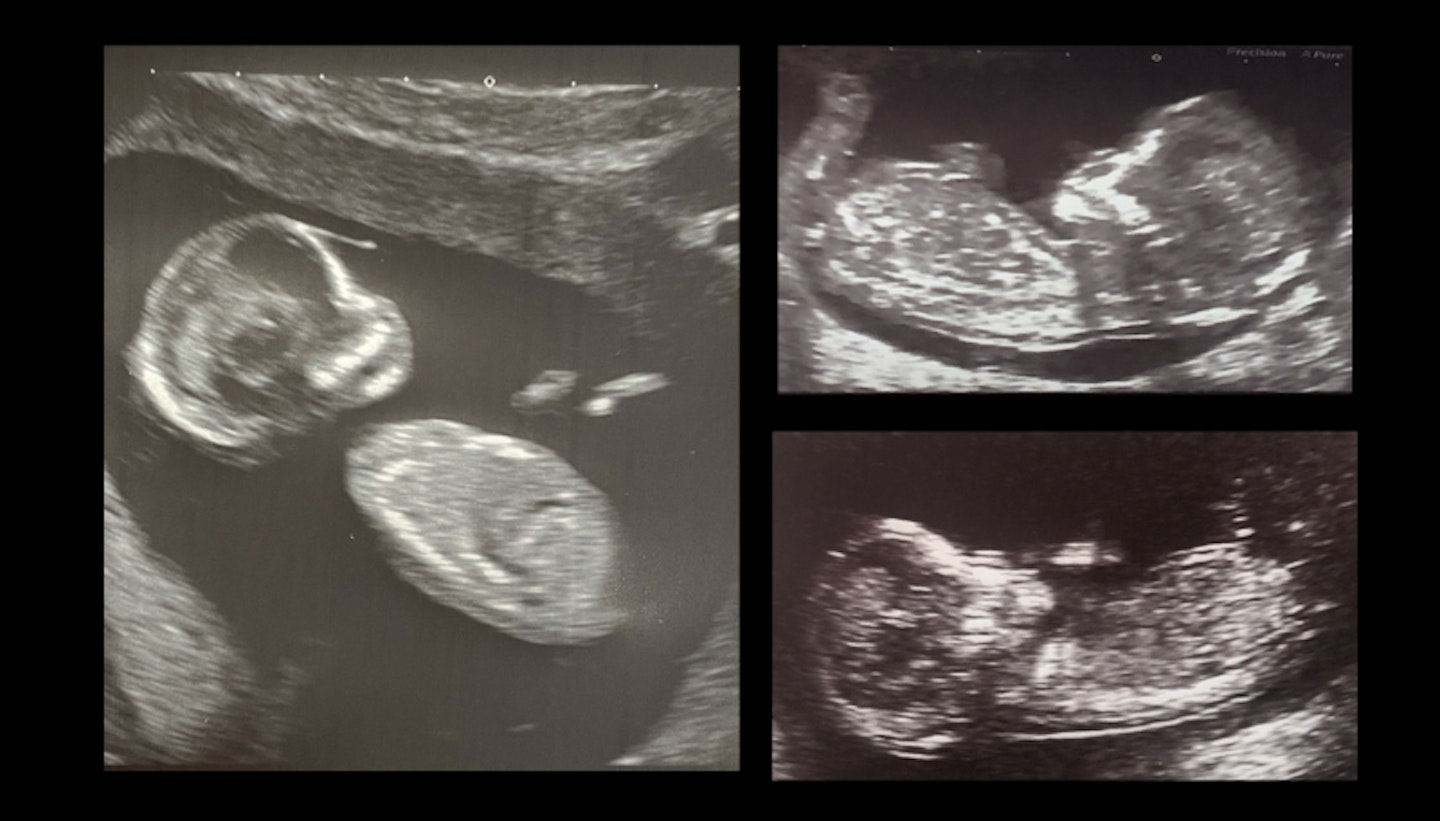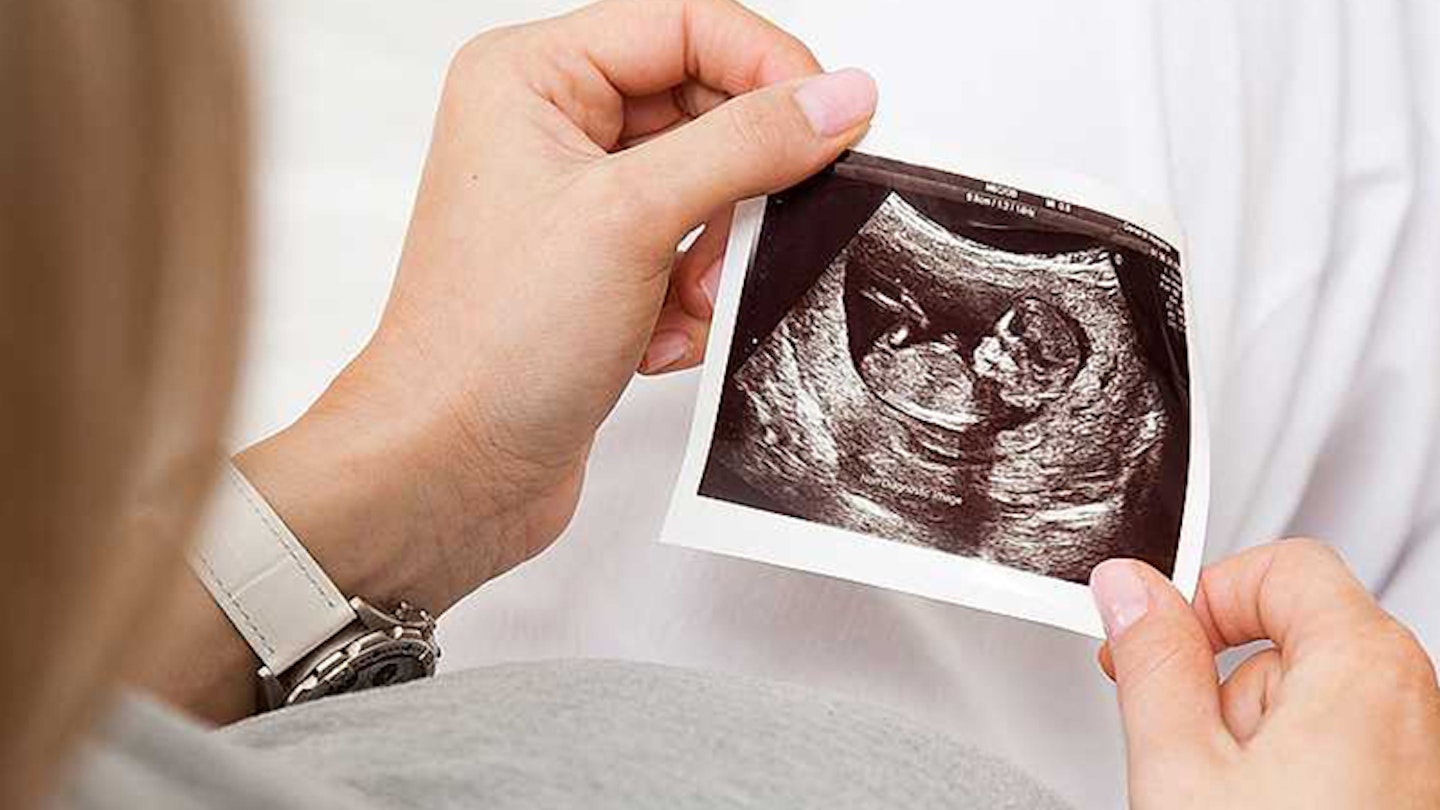As soon as you announce that you're pregnant, talks soon turn to what your baby's sex will be. There are dozens of old wives' tales that try to predict your baby's sex, yet many mums swear by the technique known as the 'skull theory'.
Expecting mamas have been uploading their 12-week scan photos to try and get the internet to guess if they're having a boy or a girl. This quick analysis helps parents prepare for their new baby's arrival and start designing their nursery with a colour theme. For those who choose not to find out the gender of their baby, consider designing a gender-neutral nursery.
Traditional medical scans won't determine whether a baby is male or female until 20 weeks - but some experts think it is possible to predict the foetus' sex when you are 12 weeks pregnant.
What is skull theory?
First, you'll need your 12-week ultrasound picture to take a closer look at it. The idea is that girls have a different skull shape to boys. Boys predominantly have squarer chins, a chunkier skull shape and a more pronounced brow ridge, whereas girls’ skulls have a smaller brow ridge and more pointed chins.
Another method you may want to also try to confirm their suspected sex is the ‘nub theory’ which required you to take a closer look at the area between the legs. Babies with a ‘nub’ – or genital tubercle – angled at greater than 30 degrees are likely to be boys, while girls' nubs sit below 30 degrees.
Skull theory for boys
The male skull tends to be larger and more square in shape. The brow bone is also more rounded and heavier over the eyes. Cheekbones tend to be more pronounced and the jawline is more square compared to the female jaw bone which is rounded. Finally, the teeth tend to be larger.
Skull theory for girls
The skulls tend to be more rounded in females compared to males and the brow bone of females is less prominent. Cheekbones tend to be less pronounced on females and the jawline is rounded while the teeth appear smaller. The positioning of the forehead also appears to be higher.
How accurate is the skull theory?
Some experts claim up to 88 per cent accuracy using the technique - making it more effective than the 75 per cent of parents who said their 20-week scan correctly predicted their baby’s sex. However, if we're being realistic, there is no scientific evidence to support the skull theory's accuracy and the skull differences to determine sex tend to only be visible in adult skulls, not neonatal ones, making the theory a little pointless.
Another popular theory that has gained popularity as a method for predicting a baby's sex is the Ramzi Theory. This gender-predicting method has been claimed by users to be 97% accurate and is based on the location of the placenta in the first ultrasound during the 6-week scan. However, this theory is also yet to be proven scientifically so do take it with a pinch of salt.
Why is skull theory so popular?
"The Nub and Skull theory is the fastest-growing gender prediction technique simply because it’s so social," says gender expert Lisa Lum.
"Three-quarters of mums who try it say they like getting other people’s opinions on their child’s sex while 30 per cent see it as a worldwide craze they like to be part of.
"While no non-medical technique is 100 per cent accurate, it’s fun and brings people together, which is exactly what children should do at all ages."
Try out skull theory
Mother&Baby Products and Reviews Editor Samantha Ball has a boy and a girl, can you tell which is which from these scan photos?

Answer: The left is Sam's daughter and the right is her son.
Below is Mother&Baby Digital Writer Laura Healy's baby scan, can guess what she had?

Answer: Laura had a little girl!
Mother&Baby's Senior Digital Writer, Hannah Carroll has three children, can you guess what she had from her scan pictures below?

Answer: Hannah is mum to three boys.
A journalist since 2015, Emily Gilbert is the Features & Reviews Editor for Mother&Baby and has written for the website and previously the magazine for seven years. First-time mum to Theodore, Emily writes about everything from the top baby products to pregnancy, fertility and maternal mental health. Specialising in product reviews, Emily is the first to know about all the exciting new releases in the parenting industry.
